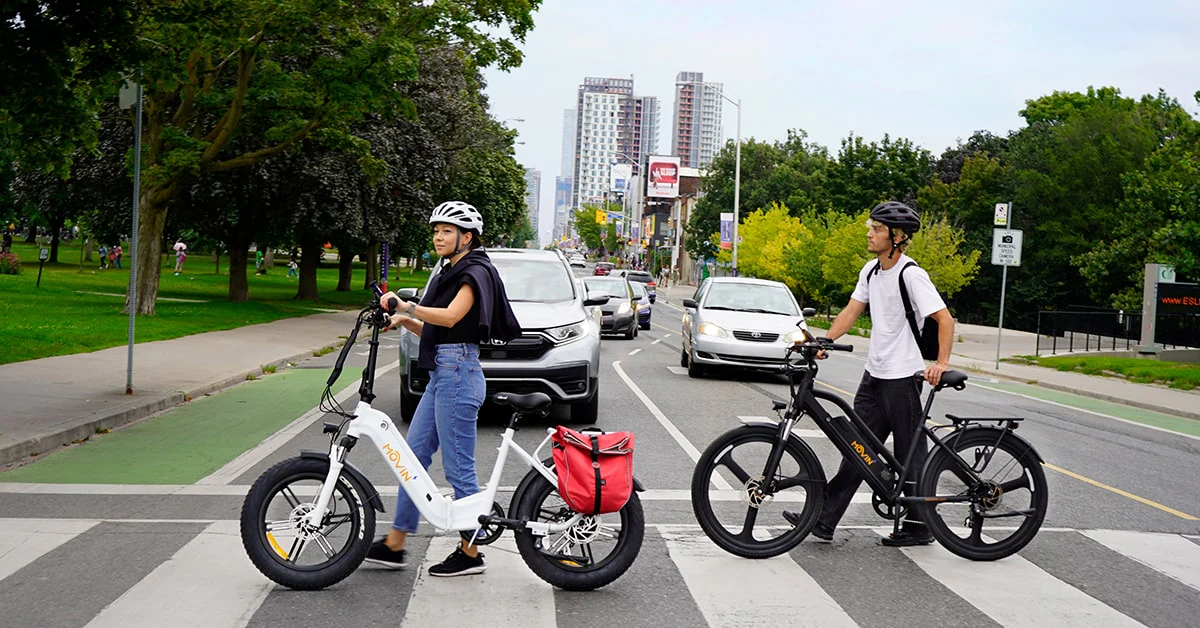Electric bikes, also known as e-bikes, have become increasingly popular in recent years due to their convenience, eco-friendliness, and ability to make cycling more accessible to a wider range of people. With so many options available on the market, choosing the best electric bike for your needs can be overwhelming. In this comprehensive guide, we’ll walk you through everything you need to know to make an informed decision and find the perfect e-bike for you.
1. Understand Your Riding Needs and Preferences
Before diving into the world of electric bikes, it’s essential to understand your riding needs and preferences. Consider factors such as:
- Commute Distance: Are you looking for an e-bike for daily commuting, leisure rides, or long-distance touring?
- Terrain: Will you be riding mostly on flat roads, hilly terrain, or off-road trails?
- Speed: Are you interested in a pedal-assist e-bike that provides assistance while pedaling, or do you prefer a throttle-controlled e-bike for effortless cruising?
- Budget: Determine your budget range to narrow down your options and focus on e-bikes that fall within your price range.
2. Choose the Right Type of Electric Bike
Electric bikes come in various styles and configurations, each designed for specific riding purposes. Some common types of e-bikes include:
- City/Commuter E-Bikes: Designed for urban commuting and short-distance rides, city e-bikes typically feature a comfortable upright riding position, integrated lights, and cargo-carrying capabilities.
- Mountain E-Bikes: Built for off-road adventures, mountain e-bikes are equipped with robust suspension systems, knobby tires, and powerful motors to tackle rugged terrain.
- Folding E-Bikes: Ideal for commuters or travelers with limited storage space, folding e-bikes are compact and portable, making them easy to store and transport.
- Cargo E-Bikes: Designed for hauling heavy loads, cargo e-bikes feature sturdy frames, extended rear racks, and sometimes front cargo baskets for carrying groceries, gear, or children.
3. Consider Motor and Battery Specifications
The motor and battery are the heart of an electric bike, determining its performance and range. When evaluating e-bikes, pay attention to the following specifications:
- Motor Power: E-bike motors are typically rated in watts, with higher wattage motors providing more power and torque for faster acceleration and better hill-climbing ability.
- Battery Capacity: Look for e-bikes with larger battery capacities (measured in watt-hours or ampere-hours) for longer range and extended riding time between charges.
- Range: Consider the estimated range of the e-bike on a single charge, keeping in mind factors such as rider weight, terrain, and riding mode.
4. Test Ride and Compare E-Bikes
Once you’ve narrowed down your options based on your riding needs and preferences, it’s time to test ride and compare different e-bikes. Visit local bike shops or electric bike dealerships to try out various models and brands. Pay attention to factors such as:
- Comfort: Ensure the e-bike’s frame geometry, saddle, and handlebars are comfortable for your riding style and body type.
- Handling: Test the e-bike’s handling and stability at different speeds and on various terrain types.
- User Interface: Evaluate the ease of use and accessibility of the e-bike’s control interface, including the display, buttons, and settings.
5. Consider Additional Features and Accessories
Finally, consider any additional features or accessories that may enhance your riding experience. Some popular options include:
- Integrated Lighting: Built-in front and rear lights for increased visibility and safety, especially for night riding.
- Fenders and Racks: Fenders to keep you clean and dry in wet conditions, and racks for carrying cargo or mounting panniers.
- Suspension: Front or full suspension systems for a smoother ride over rough terrain.
- Smart Connectivity: E-bikes with Bluetooth or GPS connectivity for tracking ride metrics, navigation, and integration with smartphone apps.
Conclusion
Choosing the best electric bike for your needs requires careful consideration of factors such as riding style, terrain, motor and battery specifications, and additional features. By following the steps outlined in this guide and taking the time to test ride and compare different e-bikes, you can find the perfect electric bike that meets your requirements and enhances your cycling experience. Whether you’re commuting to work, exploring new trails, or simply enjoying leisurely rides, an electric bike can offer convenience, efficiency, and enjoyment for years to come.
